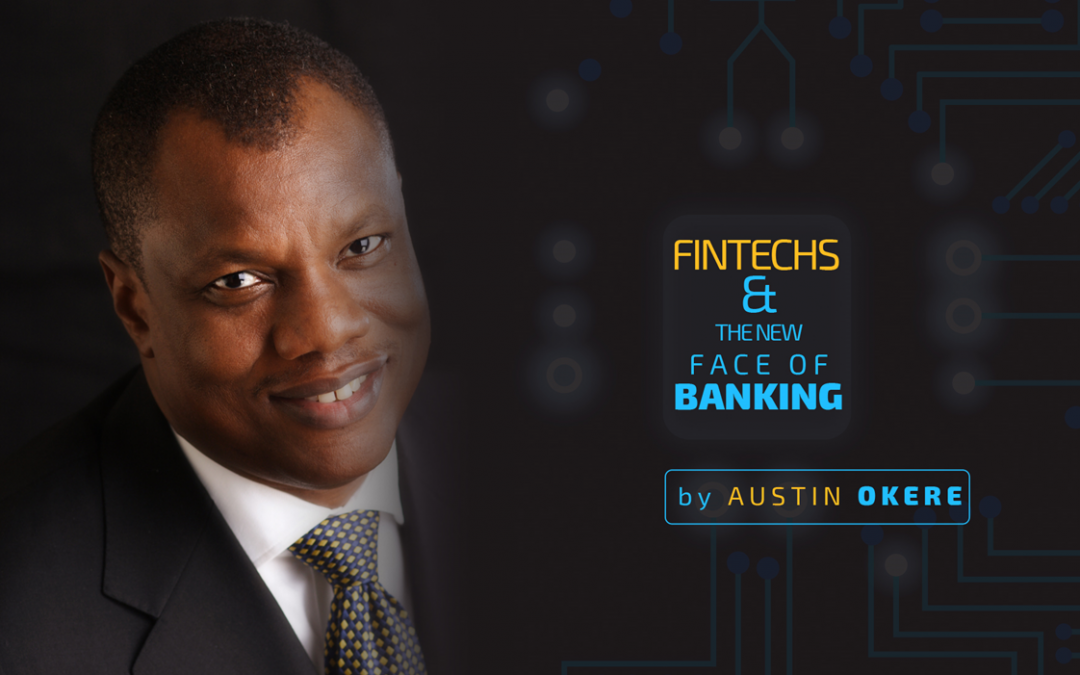This is the concluding part to the first instalment of this series published last week. Kindly read it here.
Money is going Digital
Around the world, central banks from England to China have publicly floated the notion of issuing their own national digital currencies. Conceptually, they like the idea of harnessing the upside of the digital revolution; mobile payments in particular, while preserving the existing legal and regulatory set up. Practically, they expect significant cost savings, a reduction of operational and fraud risks in the current payments systems, and a strengthened ability to execute monetary policy.
From a consumer’s perspective, the prospect of total digital money is still mind-boggling. It is more likely that societies would not go completely digital overnight. Instead, central banks could start issuing digital currency units alongside notes and coins as base money, and adjust the mix over time, according to uptake.
Once critical usage levels are reached and network effects kick in, universal adoption could happen very quickly.
What will be the scale of change?
How will this happen and at what scale? The changes coming will be as large as the original invention of the internet, and this may not be overstated. Who would have imagined a decade ago that e-commerce, championed by Amazon and Alibaba will be displacing high street retailers, or that ride hailing will be dominated by UBER, a technology platform. According to Anthony Jenkins, former CEO of Barclays, bank branch traffic has halved in the last five years, and bank profitability could collapse by 60% in the same period. A 2015 Goldman Sachs report estimated $4.7tn of financial services revenue was at risk of displacement from Fintech groups.
Blockchain and Cryptocurrencies
The key to this revolution lies in Cryptocurrencies such as bitcoin. But it is their underlying technology that is proving to be of practical benefit to organizations, the famous blockchain. This technology, which goes beyond financial application, is expected to disrupting global supply chains by boosting transaction speed across borders and improving transparency.
Essentially, the blockchain is a shared virtual public ledger where encrypted transactions are confirmed by outside parties. In the bitcoin world, these outside parties are called miners (computers that solve complex mathematical problems to confirm transactions and earn fees). Confirmed transactions are placed in a “block” and added to the chain, hence the name blockchain. It is this technology that the Fintechs are leveraging to disrupt the traditional banks
Regulators are now helping Fintechs
Fintechs are getting a lot of support from Regulators, believing that Fintech firms are small enough for any problems to be manageable, and on the other hand, might produce useful innovation. For instance, the Swiss Federal Council has recently published a public consultation documentation on amendments regarding the Banking Act and Banking Ordinance in the Fintech area. The intention is to lower market entry barriers for Fintech companies. France’s Central Bank has also announced opening up a new innovation lab, aiming to collaborate with blockchain startups.
In December 2015, Nasdaq executed its first trade on a blockchain, through its Linq ledger. The exchange said the blockchain promises to expedite trade clearing and settlement – all the steps needed to transfer the asset from seller to buyer including recording the transaction — from three days to as little as 10 minutes. That’s because the trades remove many manual processes and bypass third parties.
As such, “settlement risk exposure can be reduced by over 99%, dramatically lowering capital costs and systemic risk,” according to Nasdaq. Other stock exchanges tinkering with the blockchain include ones in Australia, Myanmar, Germany, Japan, Korea, London and Toronto.
Security and Compliance
Security is still the biggest challenge confronting the blockchain. “The truth is, once you give someone access to a network, many times, more often than not, they can end up very easily getting blanket access to that network,” said Joe Ventura, CEO of AlphaPoint. “This is a huge security problem.” Regarding compliance, at least regulators could have a node on the blockchain itself in which companies define their access to data, said Sandeep Kumar, managing director of Synechron. As such, regulators wouldn’t have to wait days for a bank to hand over documents for compliance. “They can see it as it is happening.”
The Future of Fintechs
The future of Fintech is bright. Accenture recently released a report which found that investment in Fintech around the world has increased dramatically from $930 million in 2008 to more than $12 billion by early 2015. Many of the entrepreneurs in the industry however, fail to grasp what may eventually lead to the downfall of countless Fintech firms, particularly those that lend money.
There is a belief among technology-based lenders that the goal should always be to say “yes.” If someone needs money, it’s less about whether that person or business is a good credit risk than it is about the customer experience and the length of time it will take the borrower to access the funds. The Fintechs however, counter that they employ Artificial Intelligence, Big Data and Machine Learning to glean the credit habits of customers from their mobile usage, and so have mitigated against this risk.
The homepage of LendingClub (NYSE: LC) advertises personal loans of up to $40,000. You can “apply online in minutes” and “get funded in as little as a few days,” the company says. Another prominent Fintech lender Funding Circle claims that small businesses can get loans from between $25,000 and $500,000 in as little as 10 days.
These are innovative services that seek to fill important niches in the credit markets. They enable people who have historically been shunned by banks to get loans in order to expand their businesses or to pay off credit card debt at less usurious rates.
The lucrative Transfer market
The lucrative global transfers markets are major target by Fintechs. International money transfers, which have long been a thorny issue for entrepreneurs, are getting easier as well. For smaller transactions, services like PayPal automatically convert currencies, so it’s easy for a customer to purchase goods from anywhere in the world. Additionally, a service called TransferWise is streamlining international money transfers, disrupting that sector by offering a 90 percent discount on traditional bank transfer fees.
According to the founder, Taavet Hinrikus, the idea was borne out of his personal frustration in money transfers. ‘It typically took 3-4 days to receive transfers, albeit the exchange rate used by banks was exorbitant, leading to a loss of almost 10% of the value of money sent’. In this exorbitant regime, Western Union and HSBC typically earn $600m and $800m per annum respectively in profits from transfers. These huge contributions to their bottom-line will be dearly miss when displaced by TransferWise and their co-travellers.
In Taavet’s view Fintechs will command about 40% of the global Financial Services market in the next 10 years.
Banks and Fintechs’ collaboration for mutual benefit
Fintech companies in emerging markets have shown that with the right technology, it is possible to leapfrog to new forms of banking. Truth be told, Banks are best placed to continue to influence the future of Financial Services because of their huge branch network, solid reputations, and risk controls, as well as years of customer cultivation and loyalty. And they seem to have come to appreciate their own strengths.
For instance JPMorgan’s $9.5 billion budget on technology, with $3 billion spent just on innovation according to their 2016 annual report is quite a significant pile. Banks however, have to radically change the ‘we win when you lose’ mind-set.
Consider that credit card customers who default on payments have their interest rates hiked to the extent of repaying £2.50 for every £1 borrowed as revealed in a report by the Financial Services Authority in the U.K. This hardly fosters an endearing partnership.
Banking is definitely going to wear a new face in much the same way that retail did with the advent of e-commerce. The biggest take away, is that it is not about upstarts versus incumbents, but rather a question of how banks absorb the Fintech innovations blossoming around them to improve the value chain and enhance customer experience.






Recent Comments